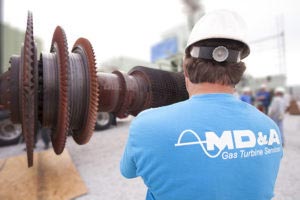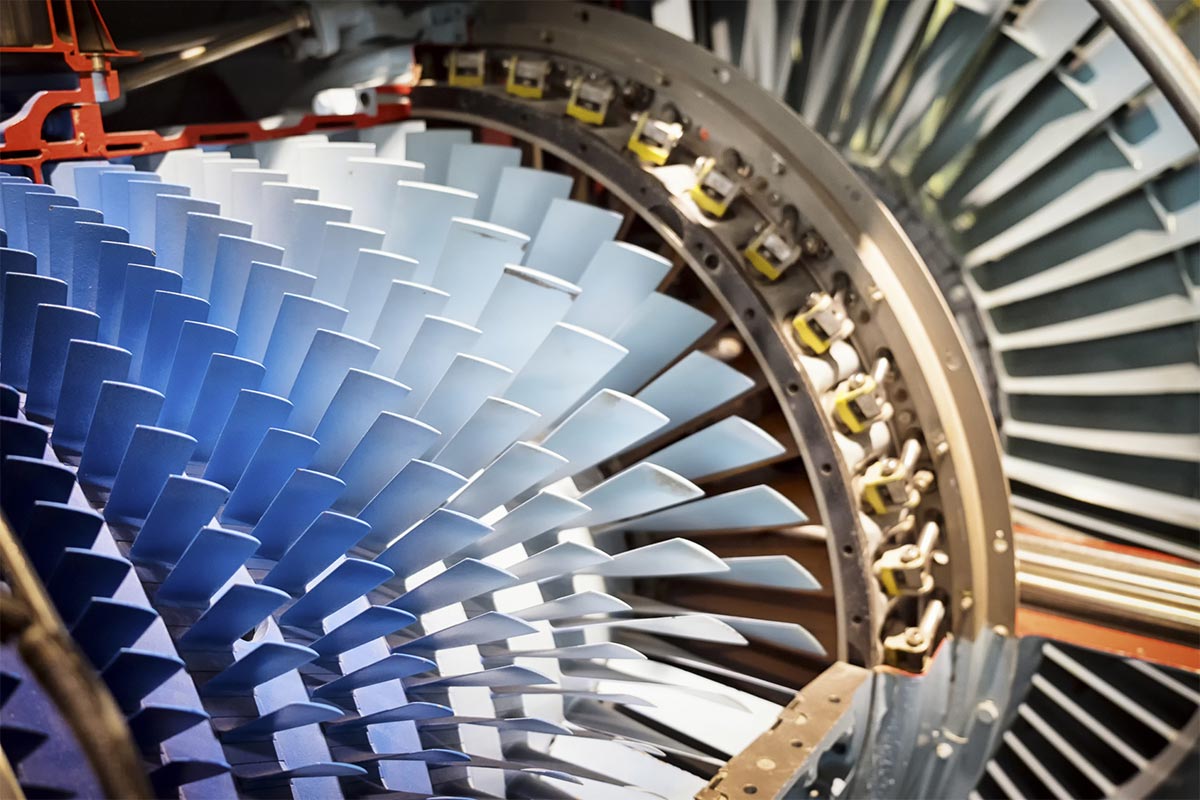Gas turbines are operated for electricity generation and have high demand in the global market. Essentially, this type of turbine has an internal combustion (IC) engine which converts heat into mechanical energy. Unlike other turbine varieties, the gas turbine is more versatile; it derives energy from natural gases and liquid fuels. The produced mechanical energy powers generators and is usable in different applications such as industrial, residential, and even aviation industries.

Gas turbines power automotive and locomotive propulsions and are serviceable for heavy-set machines such as ships, trains, aircraft, electrical generators, tanks, and pumps. Due to its high value in various industries, it is expected that gas turbines would have a CAGR of 2.6% between 2020-2025. Moreover, in 2019, the market value of the gas turbine industry was $17050.05 million. Yet, particular challenges affect Gas turbine maintenance and its overall demand in particular industries. In this article, you would get a clearer view of the top challenges visible in the market.
1. Higher dependency on renewable resources
Globally, there is a visible decline in the cost of wind and solar energy installations and an increased tightness of environmental regulations. Due to these matters, consumers are turning to renewable energy resources for power generation. Therefore, gas turbine suppliers are facing losses since the local governments in particular nations are promoting renewable energy alternatives. Many of the governments are offering subsidies as well.
As a result, the demand for solar and wind energy as well as investment in such power plants is climbing. That is causing a decline in the usage and generation of gas turbine energy.
Also, during disruptions, there is the possibility of storing wind and solar-generated energy in power storage devices. This acts as a backup power supply. However, there is no availability of a power backup storage medium for gas turbine-generated energy.
2. Turbine component issues
Two issues can result in the operative quality decline of gas turbines; namely low cycle fatigue and high cycle fatigue. Factors like resonance conditions, flutter, and forced response can cause a dynamic behavior in turbine blade operations. Plus, multiple shut-down and start-up cycles can harm the turbine components; the issue of thermo-mechanical or low cycle fatigue is visible here. Furthermore, few of the blades can experience multiple such mechanisms at the same time and location.
Moreover, long-time exposure to high temperatures can result in aging in machine parts and operative quality decline in gas turbine components. These result in lifting leads and model damage as well. Long-term use of a gas turbine can result in alteration in the performance capacity of properties and material microstructure. These result in a lowered capability in the functionality of gas turbines which reduces customer demand for the product. Thus, this impacts the market growth potential of gas turbines.
3. Gasoline price fluctuations
The main functionality of a gas turbine is to convert gasoline into mechanical energy using a combustion engine. However, the price rate of gasoline is very volatile, for a variety of factors. Previously, a massive drop in the gasoline value was visible; the price reduced by half as per records.
Instead of relying on such products, many consumers opt for alternative sources like renewable energy sources and power storage devices. They find them more reliable, and the price fluctuations are comparatively lower in such selections. Owing to this, a visible decline in the global gas turbine market is visible due to lesser demand for this mechanism in industries.
4. Gas turbines are costlier
In the global market, the average cost of gas turbines is very high depending on the amount of power generated. At the moment, the average cost for gas turbine cogeneration system installation ranges between $800-$1800/kWh approximately. Plus, the consumers have to invest a high amount of money for regular gas turbine repairs as well.
The key players in this industry like Hitachi and Siemens previously provided high-value offers of long-term service to the users.
At the moment, most power companies are opting for alternative resources with lower procurement costs over the stated warranty period.
This has reduced the number of customers for gas turbines as well since only big enterprises can afford them. Middle-scale and small-scale customers do not high a high capital ratio or profit margin. Thus, they cannot invest in these products.
5. Geopolitical tensions
Difficulties in different volatile regions negatively affect the gas turbine market worldwide. Due to geopolitical tensions in particular areas, there is no guarantee about the timely demand or supply of natural gases. Consequently, it can affect the price stability of gases. For example, the Middle Eastern countries possess natural gas reserves in certain regions. However, the region is strife with cultural and political instability. This influences the rate of gases, which in turn adversely affects the global gas turbine market growth.
Conclusion
The usage of gas turbines in various industries is at a high percentage ratio. However, many challenges are currently affecting the gas turbine generation and growth potential in the global market. Observing these particular concerns would give gas turbine manufacturers a better understanding of the reformative techniques to adopt.


